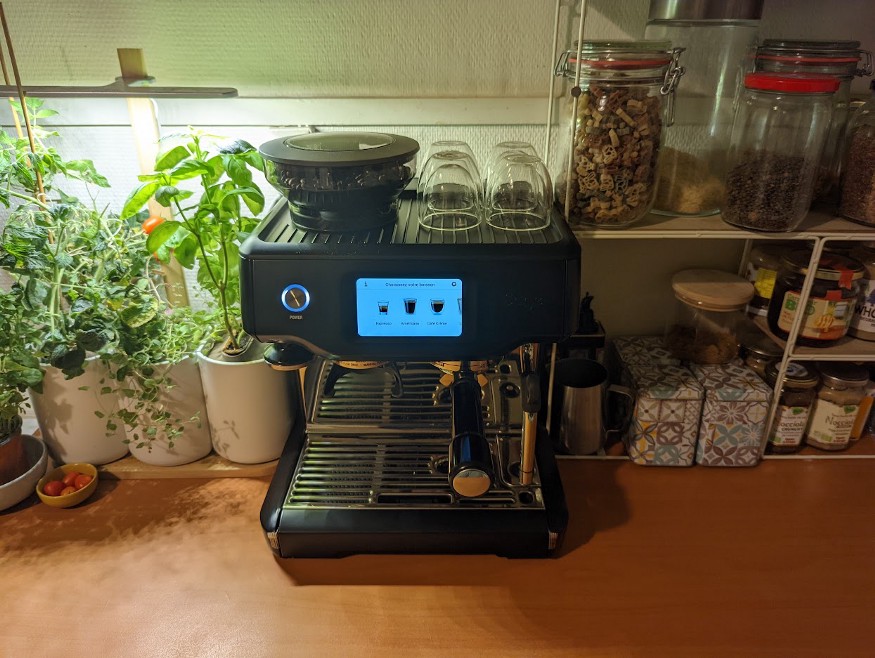
Folks, I have a new obsession (one more!) : getting the perfect expresso with my brand new semi-automatic coffee machine. Last months, I think I was missing something to geek about …
The new beast is a machine that approaches the way professional expresso machines work, by letting you adjust a lot of settings to make expressos (and a lot of other drinks) by your taste. I was not satisfied with my previous automatic machine that didn’t let me adapt anything, and that made good expressos, but not great ones…

As one obsession doesn’t really replace another one but pretty much always pile up above the rest of it, that made me think about how we can approach continuous improvement within an agile team… Yay, 2 geekeries in one!
When you start your caffeinated journey, you don’t really have a precise idea of what a great expresso actually is, because “great” is a very personal and subjective thing. Oh yeah, you have already tasted some coffees, but are they representative of what could be great ? Or is there more to discover ? It will take dedication to define what is really great for you, what you like and dislike.
Likewise, when you start your agile journey with a team, you don’t really know what success looks exactly like, and you’re going to have to discover it. You have some ideas, yes. But is it shared by the whole team? Could there be some room for even greater success?
So you buy an automatic machine, and that gives you a good taste of what you could get, but maybe not a great one. You could also go to your local cafes and taste their expressos to see the differences, or even organize a coffee tasting with your local coffee brewer to compare different kinds of beans and roasts.
In agile/product management, that could be the equivalent of implementing Scrum by the book. If you do it seriously and understand deeply what is expected, it will give you a very good taste about what the framework can do for your team. To go further on your definition of greatness, you could also go benchmarking what other successful teams are doing on the market, getting knowledge from agile or product management books, or introspecting what success looks like for your team. That gives you an overview of what the definition of great could be, and what objectives you are committing to.
Sometimes, you’ll realize that what you get with your automatic machine is just fine and corresponds to your taste, so you won’t be looking further and enjoy satisfyingly what you already get.
Some teams find that implementing Scrum by the book is actually fine and works very well for them. They’re the lucky ones, and they can begin building great things this way.
But sometimes you want to go further and really fine-tune the settings to be more successful and get the great expresso you’re looking for. That’s when you buy a new manual or semi-automatic machine that allows you to adapt the different settings that impact your final product. To get the great expresso you want, you have a lot of settings on which you can more-or-less easily work : coffee grinding size, quantity of coffee, duration of infusion, water temperature, water hardness, tamping force, volume in cup, etc.
When you adapt one of these settings, it changes the result in your cup, so you taste it and compare it to your definition of greatness : is it too acid, is it too bitter, too strong, too light? So every time you change something, you need to check if the result is bringing you closer to your definition of success. If not, then you need to test another setting.
That’s really the most interesting part, and it’s exciting to see the result evolve and little by little get closer to a great result!
That’s where Scrum is powerful, because you don’t need to “buy” a new framework, you can just adapt it to your team, to your context, to your definition of success, since every sprint you have retrospectives that allow you to adapt your practices. Ok, after some time, maybe you got far from what Scrum describes, but who cares?
The important question is : did you get closer to your definition of greatness?
